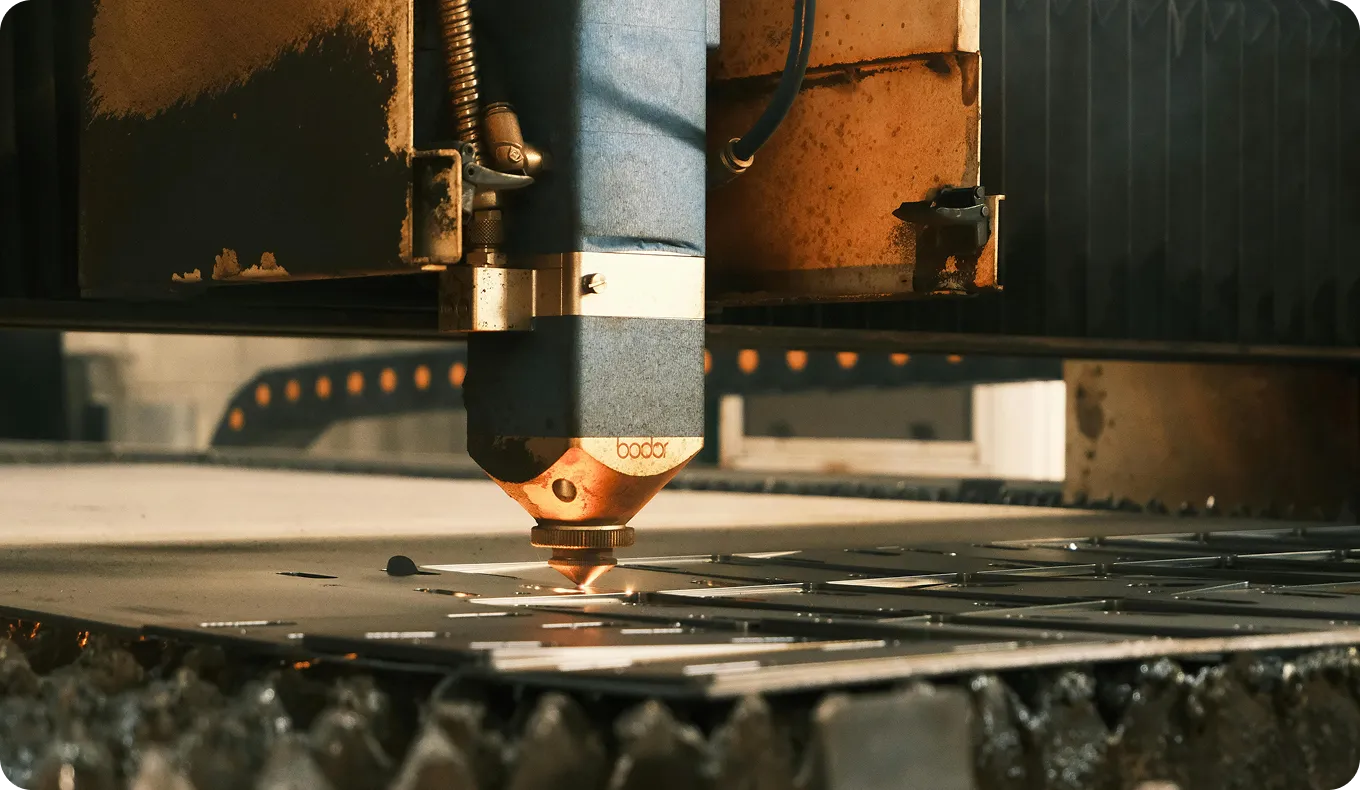وحدة معالجة الرسومات (GPU)
اكتشف كيف تُحدث وحدات معالجة الرسومات ثورة في الذكاء الاصطناعي والتعلُّم الآلي من خلال تسريع التعلُّم العميق وتحسين سير العمل وتمكين التطبيقات الواقعية.
وحدة معالجة الرسومات (GPU) هي دائرة إلكترونية متخصصة مصممة في الأصل لتسريع عملية إنشاء وعرض الصور ومقاطع الفيديو والرسوم المتحركة للعرض. ومع ذلك، فإن بنيتها المتوازية للغاية تجعلها فعالة بشكل استثنائي في معالجة كتل كبيرة من البيانات في وقت واحد. وقد جعلت هذه القدرة من وحدات معالجة الرسومات العمود الفقري للذكاء الاصطناعي الحديث (AI) والتعلم الآلي (ML)، مما يسرّع بشكل كبير من الوقت الذي يستغرقه تدريب النماذج المعقدة ويتيح تطوير حلول ذكاء اصطناعي أكثر تطوراً.
دور أجهزة Gpus في الذكاء الاصطناعي والتعلم الآلي
تنبع قوة وحدة معالجة الرسومات في مجال الذكاء الاصطناعي من قدرتها على إجراء عدة آلاف من العمليات الحسابية في وقت واحد، وهو مفهوم يُعرف باسم المعالجة المتوازية. نماذج التعلم العميق، مثل الشبكات العصبية التلافيفية (CNNs)، مبنية على عمليات رياضية يمكن تقسيمها إلى آلاف المهام الأصغر والمستقلة. وقد أظهرت الأبحاث الأساسية، مثل الورقة البحثية حول بنية AlexNet، فعالية تدريب الشبكات العصبية التلافيفية على وحدات معالجة الرسومات.
يمكن لوحدة معالجة الرسومات، بما لديها من آلاف النوى، تنفيذ هذه المهام بالتوازي، مما يقلل بشكل كبير من وقت حساب تدريب النماذج من أسابيع أو أشهر إلى أيام أو ساعات فقط. يعد هذا التسريع أمرًا بالغ الأهمية لتكرار النماذج، وتجربة البنى المختلفة، وإجراء ضبط مكثف للمعاملات الفائقة. وغالبًا ما يُقاس أداء هذه المعالجات بوحدة FLOPS (عمليات النقطة العائمة في الثانية).
الاختلافات الرئيسية بين وحدات المعالجة المركزية ووحدات المعالجة المركزية
على الرغم من أن وحدات معالجة الرسومات ووحدات المعالجة المركزية ووحدات معالجة الماس (TPUs) كلها أنواع من المعالجات، إلا أنها مُحسَّنة لأنواع مختلفة من المهام:
توفر وحدات معالجة الرسومات توازناً قوياً بين الأداء العالي للمهام المتوازية والمرونة لمجموعة كبيرة من التطبيقات، مما يجعلها الخيار المفضل للعديد من مطوري الذكاء الاصطناعي.
التطبيقات الواقعية
يتضح تأثير تسريع وحدة معالجة الرسومات في العديد من تطبيقات الذكاء الاصطناعي. فيما يلي مثالان بارزان:
- السيارات ذاتية القيادة: تعتمد السيارات ذاتية القيادة على مجموعة من المستشعرات لإدراك بيئتها. تُعد وحدات معالجة الرسومات ضرورية لمعالجة التدفقات الهائلة للبيانات من الكاميرات ووحدات الليدار في الوقت الفعلي. فهي تعمل على تشغيل نماذج الكشف عن الأشياء، مثل Ultralytics YOLO11، لتحديد المشاة والمركبات الأخرى وعلامات الطريق، مما يمكّن السيارة من اتخاذ قرارات القيادة الحاسمة على الفور. وهذا عنصر أساسي من عناصر الذكاء الاصطناعي الحديثة في حلول السيارات.
- تحليل الصور الطبية: في مجال الرعاية الصحية، تعمل وحدات معالجة الرسومات على تسريع عملية تحليل الفحوصات الطبية المعقدة مثل التصوير بالرنين المغناطيسي والتصوير المقطعي المحوسب. وكما هو مفصل في مجلات مثل Nature Reviews Clinical Oncology، يتزايد دور الذكاء الاصطناعي في مجال الأشعة. يمكن أن تؤدي النماذج التي تعمل على وحدات معالجة الرسومات مهام مثل تجزئة الصور لتحديد الأورام بدقة عالية، مما يساعد أخصائيي الأشعة في إجراء تشخيصات أسرع وأكثر دقة. تُعد هذه التقنية حجر الزاوية في الذكاء الاصطناعي الحديث في مجال الرعاية الصحية، وتُستخدم في تطبيقات مثل الكشف عن الأورام في الصور الطبية.
النظام البيئي والاستخدام
يتم تعزيز الاعتماد الواسع لوحدات معالجة الرسومات في الذكاء الاصطناعي من خلال نظام بيئي ناضج وقوي. إن منصة CUDA من NVIDIA هي إطار عمل حوسبة متوازي مهيمن ونموذج برمجة متوازي يسمح للمطورين بإطلاق العنان لقوة وحدات معالجة الرسومات من NVIDIA للحوسبة للأغراض العامة.
تم تحسين أطر عمل التعلم العميق مثل PyTorch و TensorFlow بشكل كبير للاستفادة من تسريع وحدة معالجة الرسومات، مما يجعل من السهل تدريب النماذج على هذه الأجهزة. يمكن تبسيط عملية إعداد بيئة التطوير باستخدام أدوات الحاويات مثل Docker. للحصول على إرشادات، يمكنك الرجوع إلى دليل Ultralytics Docker Quickstart. غالبًا ما ينطوي النشر الفعال للنماذج على مزيد من التحسين باستخدام أدوات مثل TensorRT أو OpenVINO لزيادة سرعة الاستدلال في الوقت الفعلي على الأجهزة المستهدفة. يمكنك استكشاف العديد من حلول Ultralytics المصممة لتسخير قدرات وحدة معالجة الرسومات بفعالية. يمكن تبسيط إدارة سير العمل بالكامل، من مجموعات البيانات إلى النشر، باستخدام منصات مثل Ultralytics HUB.







.webp)
